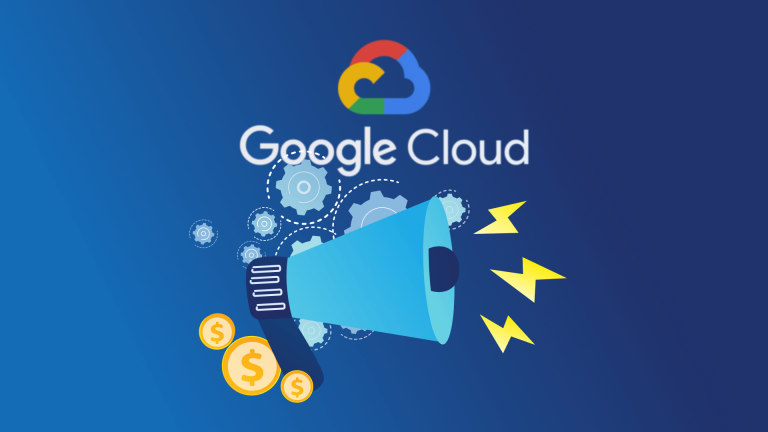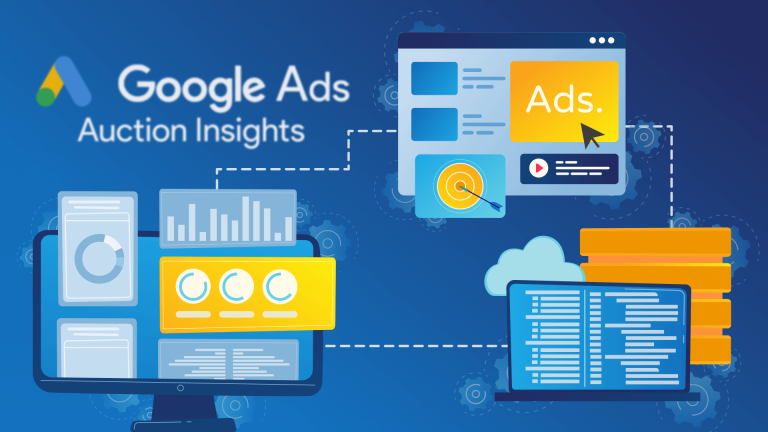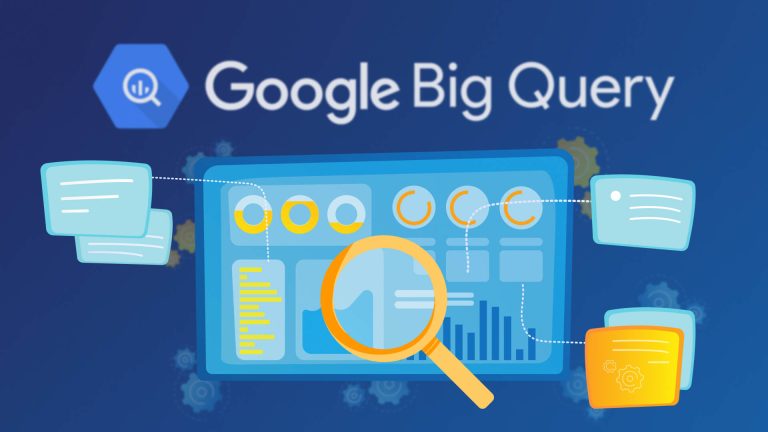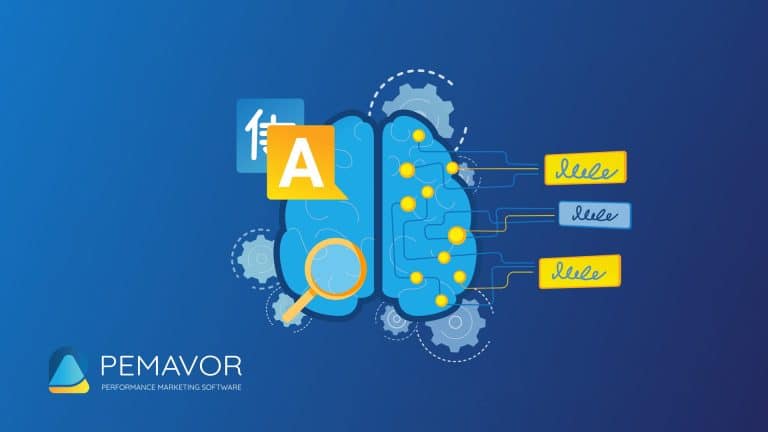Data means everything nowadays, but our job is never finished after collecting data. We need to be able to handle extensive data and understand it. Otherwise, we only have too much useless data.
Large companies have already started to invest in big data and AI (artificial intelligence). However, most of them fail to manage excessive data, meaning much of it’s never analyzed because it’s becoming hard to gain valuable insights as data increases. On the other hand, using AI, this data can be more manageable and more interesting.
However, another problem starts here. The data needs to be prepared before being transferred to an AI model. That’s a lot of work. Data preparation can be difficult due to steps such as reviewing documentation and adapting code to fit a new dataset. Also, companies mostly use different platforms for different workflows, which makes workflow more complicated.
For this reason, AI engineers and data scientists should work in cooperation within a company. BigQuery Studio allows all teams to access a single interface to work on data without switching between tools.
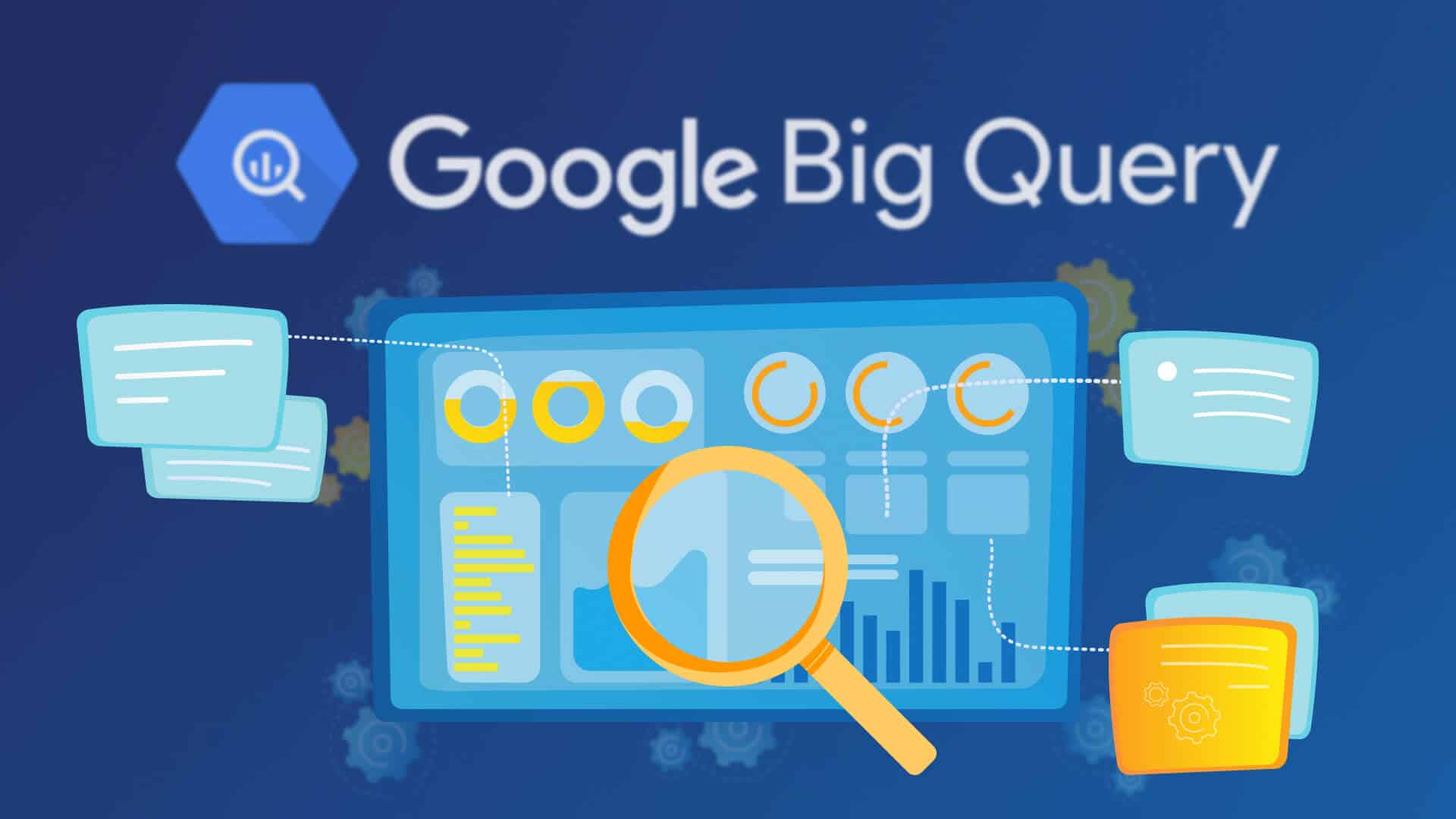
What is Google BigQuery Studio?
Google introduced BigQuery Studio on 31st August, a new tool for data analysis. It’s a serverless data warehouse and centralized data platform with Google Cloud services such as Dataproc, Dataflow, BigQuery, BigLake, and Vertex AI.
With BigQuery, your team can discover, explore, analyze and predict data. BigQuery Studio in the Google Cloud unit gathers new tools that simplify data workflows in a single interface.
- Data analysis and preparation
- Discovery and visualization
- Machine learning training and results
- Accelerating AI workflows
Data analysts and AI engineers will be able to work in a shared environment. Any services they may need are provided to work. Besides, teams can directly access data wherever they’re working.
What are the key features of BigQuery Studio?
Single interface
A single interface for all data teams will make analytics processes more efficient. Using many different tools creates inconsistencies, forcing professionals to juggle multiple connectors, switch coding languages, and transfer data between systems. BigQuery Studio solves this problem by offering an all-in-one platform. That is, it allows professionals to seamlessly perform tasks from data ingestion to predictive analysis. This unified approach not only enhances efficiency but also ensures that data scientists and analysts can work in familiar environments, like the Colab notebook, and harness the full potential of their data without unnecessary complications.
Moreover, Colab Enterprise powers Python notebooks in BigQuery Studio. It provides one-click Python development runtimes and built-in support for BigQuery DataFrames.
Productivity and collaboration
Productivity and collaboration must be top-notch to stay one jump ahead in data science. A team’s effectiveness depends on how it discovers, understands, and uses data. Thanks to BigQuery Studio, you can quickly query data to get the insights needed to make better decisions.
Its integrated features aim to maximize productivity and collaboration in data analysis. Besides, it adopts software development practices like CI/CD, version control, and source management for analytics assets. This ensures that SQL scripts, Python codes, and notebooks remain updated and in sync with external repositories. Furthermore, the AI assistant, Duet AI, offers real-time guidance, understanding user context to suggest functions and code blocks. This minimizes errors and the time spent searching through documentation.
Unified security and governance
It ensures data integrity and protection. BigQuery Studio helps in understanding data, pinpointing quality issues, and troubleshooting. How? It tracks data lineage and enforces quality standards, guaranteeing data’s accuracy and reliability. Moreover, the integration with Vertex AI further simplifies security. This allows data analysts to leverage advanced AI models directly within BigQuery and ensures data remains protected and within the platform.
BigQuery Studio features
- Code completion, query checks, and byte estimation are available in the SQL editor.
- Colab Enterprise powered Python notebooks offer one-click Python development runtimes and integrated support for BigQuery data frames.
- Dataform supports asset management and version history for code assets.
- Duet AI provides enhanced code assistance in SQL editors and notebooks.
- Dataplex offers data discovery, profiling, and quality scans.
- The job history lets you view the job history by user or project.
- Analyzable saved queries with tools like Looker and Google Sheets or exportable for other applications.
What is the difference between Looker Studio and BigQuery Studio?
Looker Studio is primarily a tool for creating interactive dashboards and reports, with numerous connectors to sources like Google Analytics and BigQuery. It’s a visualization tool, which focuses on transforming analytical data into easily understandable and shareable dashboards.
In contrast, BigQuery Studio is an all-in-one data analytics platform that goes beyond visualization. It offers data ingestion, pipeline creation, and supports SQL, Python, and machine learning. It’s tailored for data professionals seeking a comprehensive workspace for end-to-end tasks.
Former Google Data Studio now is changed to Looker Studio to unify all business intelligence tools under one platform. Click here to learn more.
How BigQuery Studio helps businesses
BigQuery Studio centralizes business data workflows, integrating everything from data collection to AI-driven insights. It supports SQL, Python, and Spark in a unified interface, thereby fostering collaboration among data professionals. With tight governance and security, it simplifies compliance with data privacy regulations like GDPR and CCPA. Duet AI helps with data queries and natural language interactions, making data analysis easy and intuitive. This streamlined approach empowers professionals to make informed decisions efficiently.
How do I access BigQuery Studio?
BigQuery Studio is available to customers, but it’s currently in preview. You can, however, sign up for the waitlist by completing this form.
What is the next?
Data-powered AI can uncover previously undiscovered insights. In the near future, AI will probably dominate industries. Google remains at the forefront of this advancement. Then what’s next for BigQuery Studio?
According to the latest announcement, the personalized metadata insights feature will come. This means users will access dataset summaries and receive in-depth analysis recommendations.
Do you need a customized tool or scripts for your data-driven efforts?
We’re here to build scripts and tools to help you stay ahead in the data-driven world. Contact us to talk about what we can do for your business.

